Rising Urbanization
The rapid urbanization in China is a pivotal driver for the engineered wood market. As urban areas expand, the demand for residential and commercial buildings increases, leading to a surge in construction activities. Engineered wood products, known for their strength and versatility, are increasingly favored in urban construction due to their lightweight nature and ease of installation. In 2025, the construction sector in China is projected to grow by approximately 6.5%, further propelling the engineered wood market. This growth is likely to be supported by government initiatives aimed at promoting sustainable building practices, which often favor engineered wood over traditional materials. Consequently, the engineered wood market is expected to benefit significantly from this urbanization trend, as more developers opt for engineered wood solutions to meet the rising housing demands.
Shifts in Consumer Preferences
Shifts in consumer preferences towards modern and aesthetically pleasing designs are significantly influencing the engineered wood market in China. As homeowners and designers seek innovative and stylish solutions for interior and exterior applications, engineered wood products are increasingly favored for their versatility and design flexibility. The engineered wood market is responding to this trend by offering a wide range of products that cater to diverse design needs, from flooring to cabinetry. In 2025, it is anticipated that the demand for engineered wood in residential applications will grow by 10%, driven by these evolving consumer preferences. This shift not only enhances the market's appeal but also encourages manufacturers to invest in research and development to create new and exciting engineered wood products.
Government Regulations and Incentives
Government regulations in China are increasingly favoring the use of engineered wood products, which is a crucial driver for the engineered wood market. Policies aimed at reducing carbon emissions and promoting sustainable construction practices are encouraging builders to adopt engineered wood over conventional materials. For instance, the Chinese government has set ambitious targets to reduce carbon emissions by 30% by 2030, which aligns with the benefits of engineered wood. Additionally, various incentives, such as tax breaks and subsidies for using eco-friendly materials, are being introduced. These measures not only enhance the appeal of engineered wood but also stimulate its market growth. The engineered wood market is likely to see a significant uptick in demand as builders and manufacturers align their practices with these regulations and incentives.
Technological Innovations in Production
Technological advancements in the production of engineered wood are transforming the market landscape in China. Innovations such as advanced manufacturing techniques and improved adhesive technologies are enhancing the quality and performance of engineered wood products. These advancements not only increase the durability and aesthetic appeal of engineered wood but also reduce production costs, making it a more attractive option for builders and consumers alike. In 2025, the engineered wood market is expected to witness a growth rate of 8% due to these technological innovations. Furthermore, the integration of automation and smart manufacturing processes is likely to streamline production, allowing for greater customization and efficiency. This technological evolution positions engineered wood as a competitive alternative in the construction sector.
Increased Demand for Eco-Friendly Materials
The growing consumer awareness regarding environmental sustainability is driving the demand for eco-friendly materials in China, significantly impacting the engineered wood market. As consumers become more conscious of their environmental footprint, there is a marked shift towards sustainable building materials. Engineered wood products, which utilize less timber and often incorporate recycled materials, are increasingly viewed as a viable alternative to traditional wood. In 2025, it is estimated that the market for eco-friendly building materials in China will reach $50 billion, with engineered wood capturing a substantial share. This trend is likely to encourage manufacturers to innovate and expand their product lines, further solidifying the engineered wood market as a leader in sustainable construction solutions.


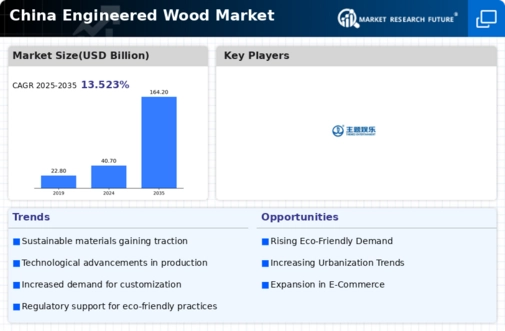

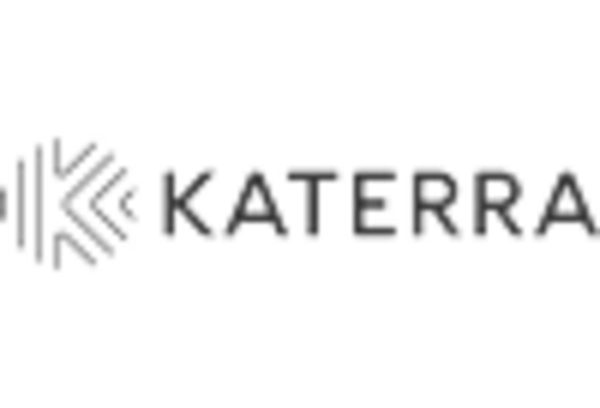
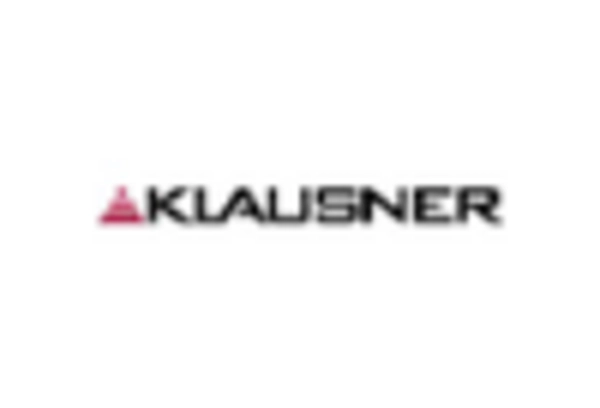
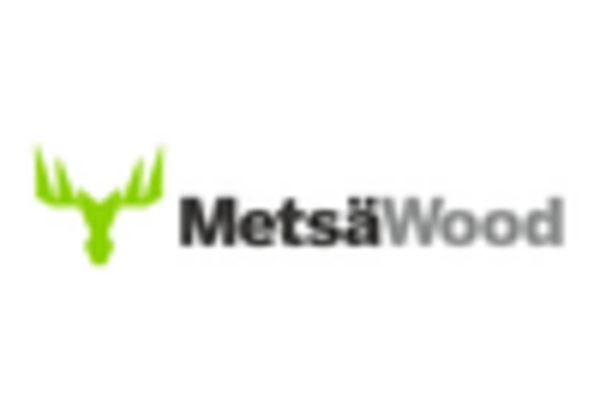
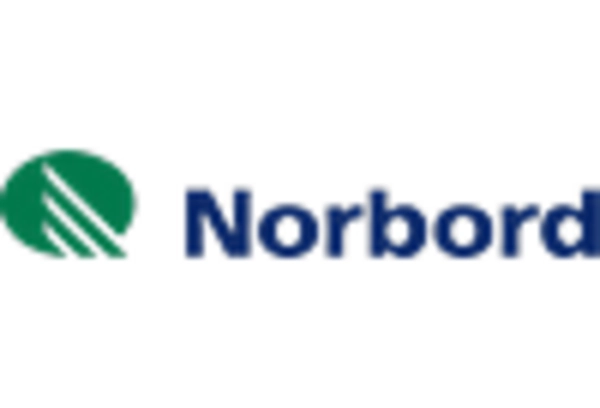
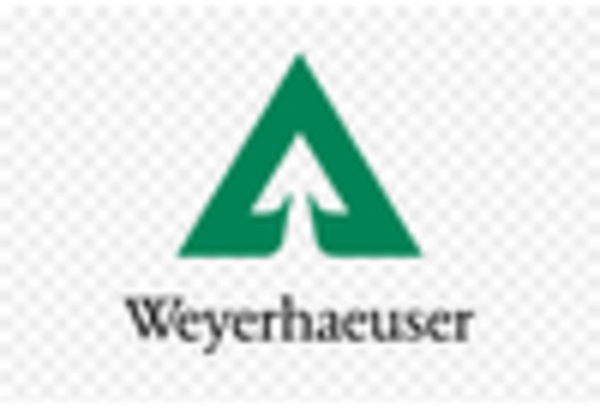








Leave a Comment